1. Koalas Have Sharp Claws
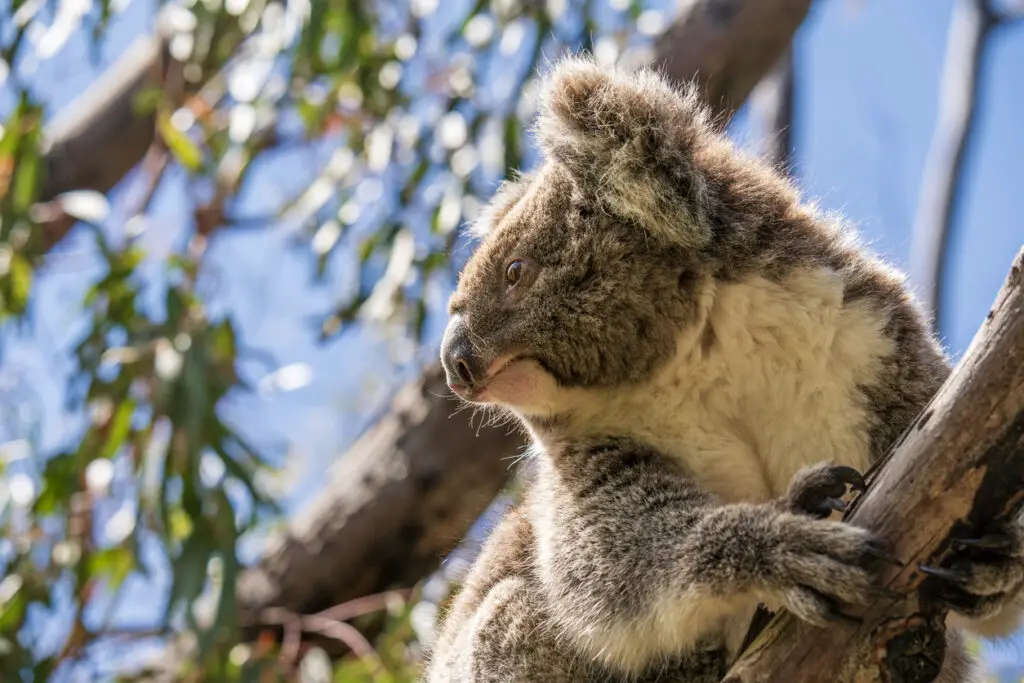
While koalas may look like the perfect snuggle buddy, they are actually armed with sharp claws designed for climbing trees. According to the Australian Koala Foundation, these claws allow them to cling tightly to eucalyptus trees, where they spend most of their lives. Koalas rely on these sharp, curved claws to move from branch to branch, navigating the treetops with ease.
Despite their docile demeanor, koalas are more than capable of defending themselves if they feel threatened. If a person or predator gets too close, a koala may swipe out with its claws, leaving deep, painful scratches. These powerful claws can also easily tear through flesh, and when a koala is agitated, it’s more likely to use them. Even though koalas spend most of their time sleeping, if they are startled or disturbed, they’ll quickly show their defensive side with their claws, which are definitely a force to be reckoned with.
2. Territorial Behavior
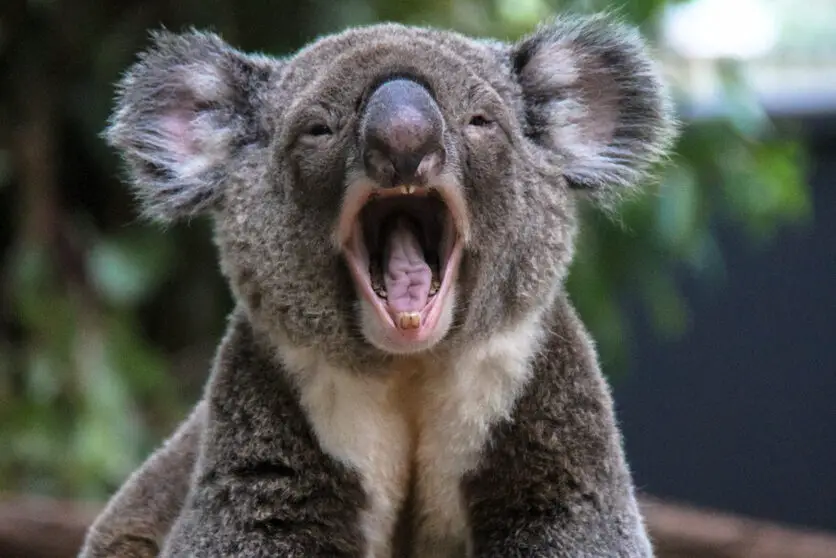
Koalas are solitary creatures with strong territorial instincts. They use vocalizations, scent marking, and their sharp claws to defend their patches of trees from other koalas. Each koala has its own “home tree” that it will fiercely guard against intruders.
During mating season, males can become particularly aggressive, especially if another male tries to encroach on their territory. Koalas are known to engage in fierce battles where the larger, stronger koala will often win. These territorial disputes can result in a lot of noise and even physical damage. If two male koalas cross paths, it’s not unusual for a physical confrontation to occur. These fights can involve sharp biting, clawing, and wrestling, making it clear that koalas don’t always take kindly to their neighbors—despite their peaceful appearance. The struggle for dominance is intense, and the losers of such battles are often forced to move on and find a new tree, or worse, risk injury.
3. Their Bites Are Surprisingly Strong
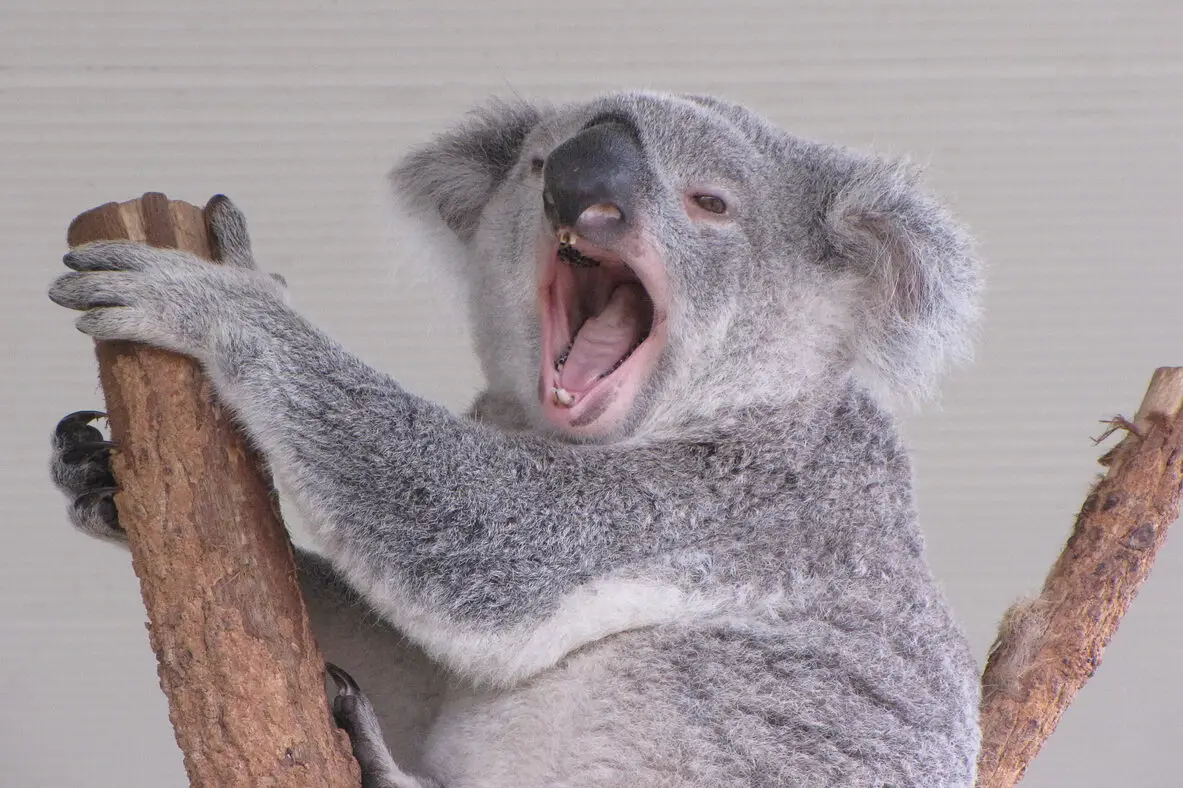
Koalas might not seem like the type to bite, but when they do, the damage can be considerable. According to the Australian Museum, koalas have strong jaws and sharp teeth that are designed for stripping eucalyptus leaves, which are tough and fibrous. With their powerful jaws, koalas can easily break through tough plant material, which makes their bite surprisingly strong and capable of inflicting harm.
When threatened, a koala can deliver a sharp bite that will leave a painful mark. A bite from a koala can also result in infections due to bacteria in their mouths, making it more dangerous than you might think. While they’re usually not aggressive, their bites are a reminder that they can protect themselves if needed. Koalas use their bite as a defense mechanism, particularly if someone tries to approach their “personal space” too closely. Even though they are mostly gentle, their bite should never be underestimated.
4. They’re Not as Friendly as They Appear
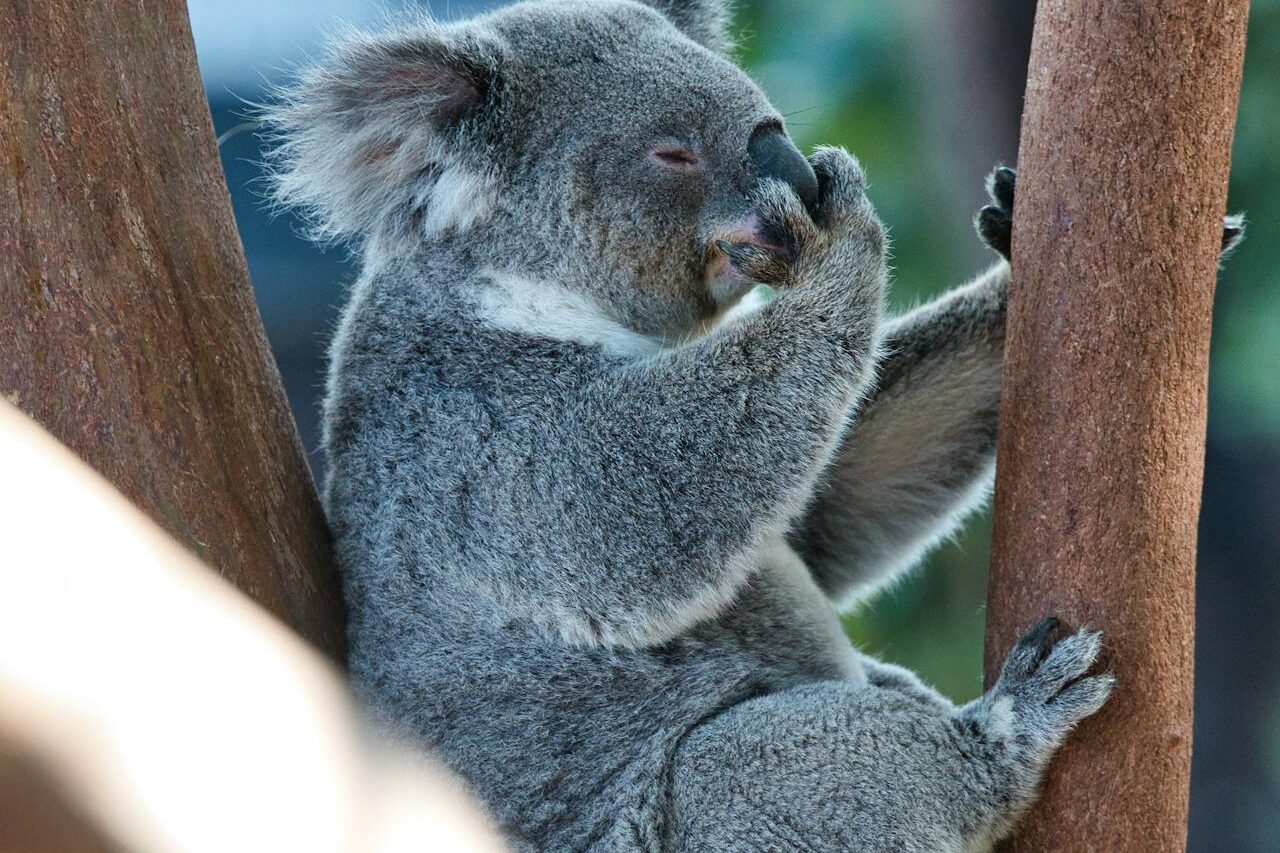
Despite their cute, teddy bear-like appearance, koalas are not inherently friendly animals. They are wild creatures with their own instincts and behaviors, and they can be quite temperamental, especially when they feel cornered or threatened. While they may look adorable when they sit quietly in trees or when their faces appear to be in a permanent state of slumber, that cuteness can be deceptive.
If they feel threatened or intruded upon, koalas can be highly defensive, even aggressive. Unlike domestic animals like cats or dogs, koalas do not seek human interaction. They’re not inclined to approach humans willingly, and if touched or handled too much, they may bite, scratch, or otherwise retaliate. They are incredibly protective of their territory and will act in a defensive manner if they feel it is being invaded. Their independence and lack of socialization with humans are a part of why they’re not as cuddly or friendly as their appearance might suggest.
5. Koalas Can Spread Disease
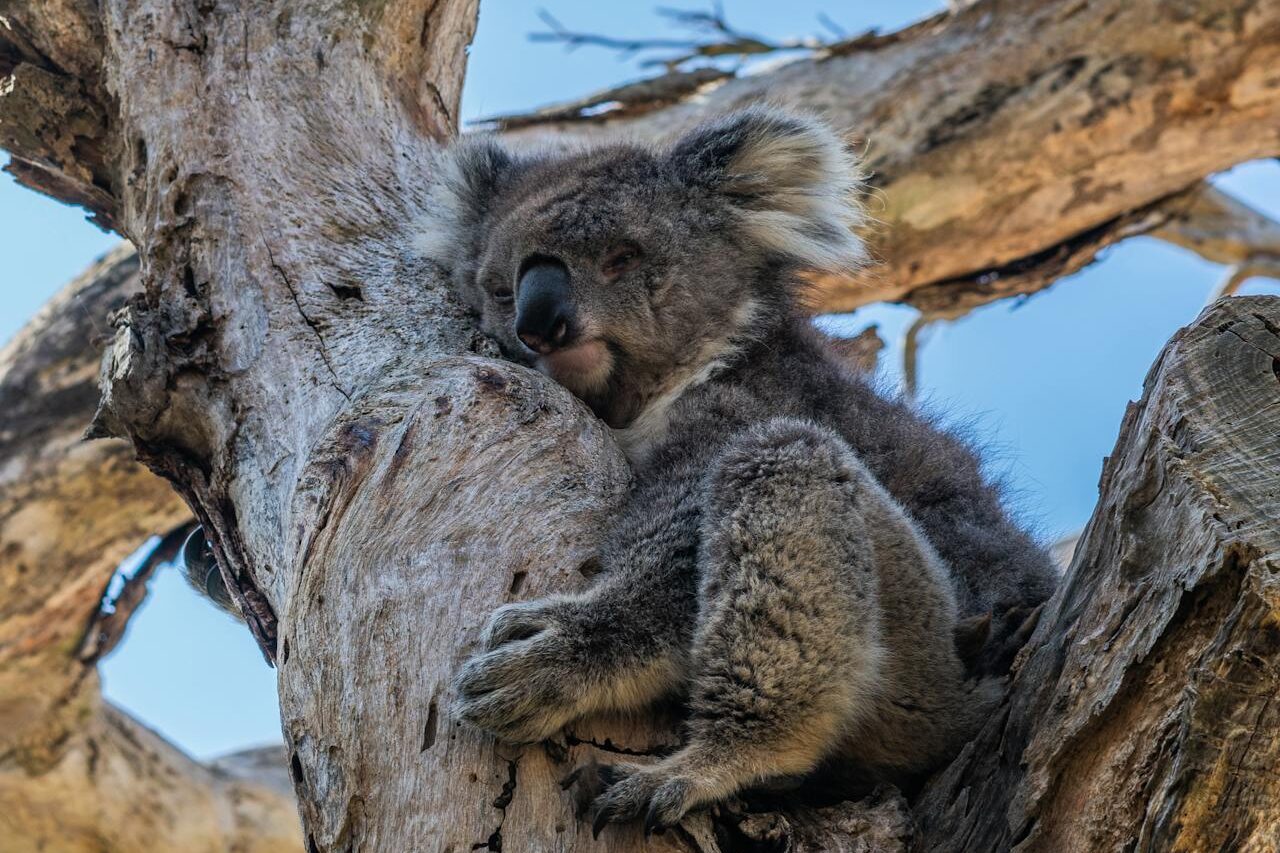
Koalas may be cute, but they are known to carry and spread diseases, making them more dangerous than many people realize. Chlamydia is the most well-known disease that koalas can carry, which can lead to blindness, infertility, and even death in koalas. Humans can contract the bacteria, although it’s quite rare. According to an article from the BBC, infection rates in some Australian regions can be as high as 90%, significantly impacting koala populations.
In addition to chlamydia, koalas are also susceptible to a number of other diseases, including herpesvirus and koala retrovirus, which can cause significant health problems in the koala population. While these diseases are typically not transmitted to humans through direct contact, handling koalas in the wild or keeping them in captivity can put humans at risk for contracting them. Moreover, koalas can carry parasites such as ticks, lice, and mites, which can cause a host of health problems. Despite their cuddliness, koalas are best left in the wild, where they can live free from human interaction.
6. Koalas Are Sleepy But Powerful
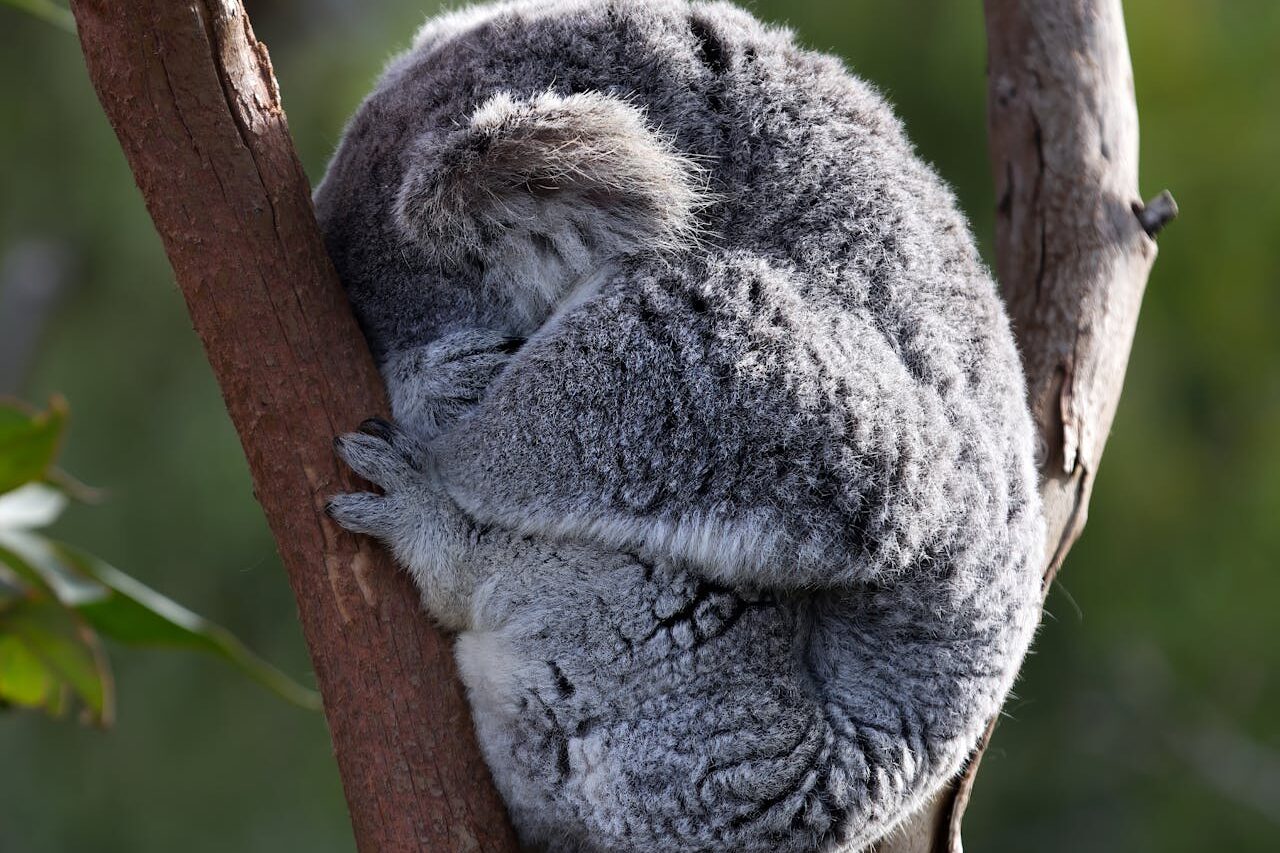
Koalas are known for their sleepy nature, spending up to 18-20 hours a day resting or napping. Their preferred diet of eucalyptus leaves provides very little energy, which is why they need so much sleep. But don’t let their sleepy demeanor fool you; when awake, koalas are capable of surprising bursts of strength and agility.
Though they spend most of their time lounging in trees, koalas are excellent climbers and can move with agility when necessary. If they are threatened or if they need to escape, koalas can quickly scale a tree or move to a new one with impressive speed. The strength and dexterity they use in climbing also come into play if they feel the need to defend themselves. A quick swipe with their claws or a surprising burst of energy can be enough to deter a would-be predator or curious human. Their ability to swiftly retreat into the trees is a reminder that while they might appear lethargic, they are capable of defending themselves when required.
7. Koalas Have a Unique Diet That Makes Them Vulnerable
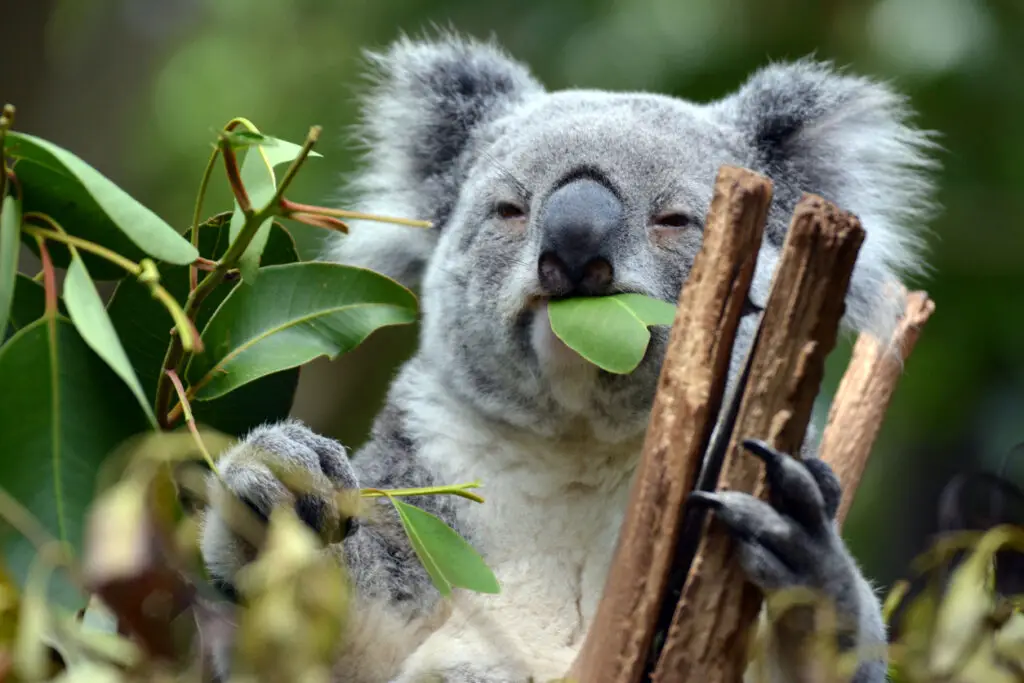
Koalas are strict herbivores, feeding almost exclusively on eucalyptus leaves. While this may sound harmless, their limited diet makes them highly vulnerable to changes in the environment. Eucalyptus trees are their primary food source, and they are extremely picky about which types they eat, making them highly dependent on the availability of certain tree species. According to the Adelaide Koala and Wildlife Centre, these leaves contain toxic secondary metabolites that can be harmful if accumulated.
This limited diet is one reason why koalas can be seen as both fragile and potentially dangerous. Koalas need large areas of suitable habitat to thrive, and when their food supply is threatened—whether due to drought, habitat loss, or disease—it can cause koalas to become more agitated and aggressive. A koala suffering from hunger or dehydration may lash out if approached, desperate for food or water. The combination of limited resources and the koala’s territorial nature can result in more aggressive behavior, making them less “cute” and more challenging to deal with in the wild.
8. Koalas Can Become Aggressive When Mating
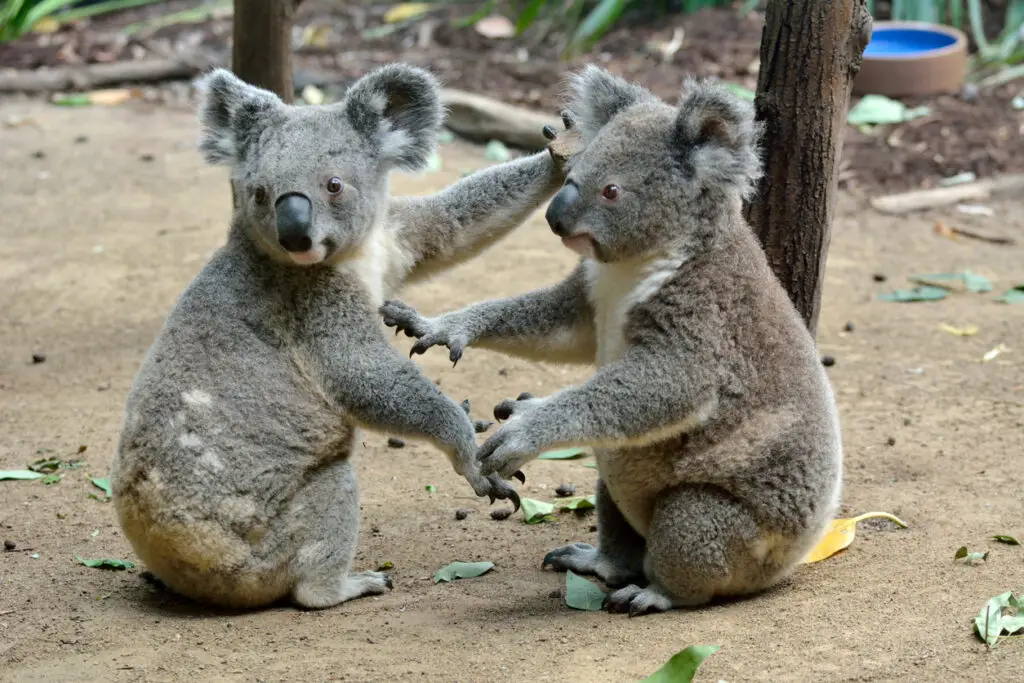
Koalas have a particularly aggressive side when it comes to mating. Males will fight fiercely over females during the breeding season, using their sharp claws, biting, and vocalizations to assert dominance. The competition for mates can lead to physical confrontations that are not only intense but can result in injuries.
The vocalizations that koalas make during mating season, especially from the males, are loud and can be mistaken for a warning. They sound almost like deep, grunting bellows that can echo through the forest, signaling the koalas’ readiness to fight for their territory and mate. These mating behaviors can be quite violent, with male Koalas aggressively chasing off any intruders or rivals. Despite their relatively small size, koalas are fiercely competitive, and their mating season is one where aggression is almost inevitable.
9. Koalas Are Not Always Social Animals
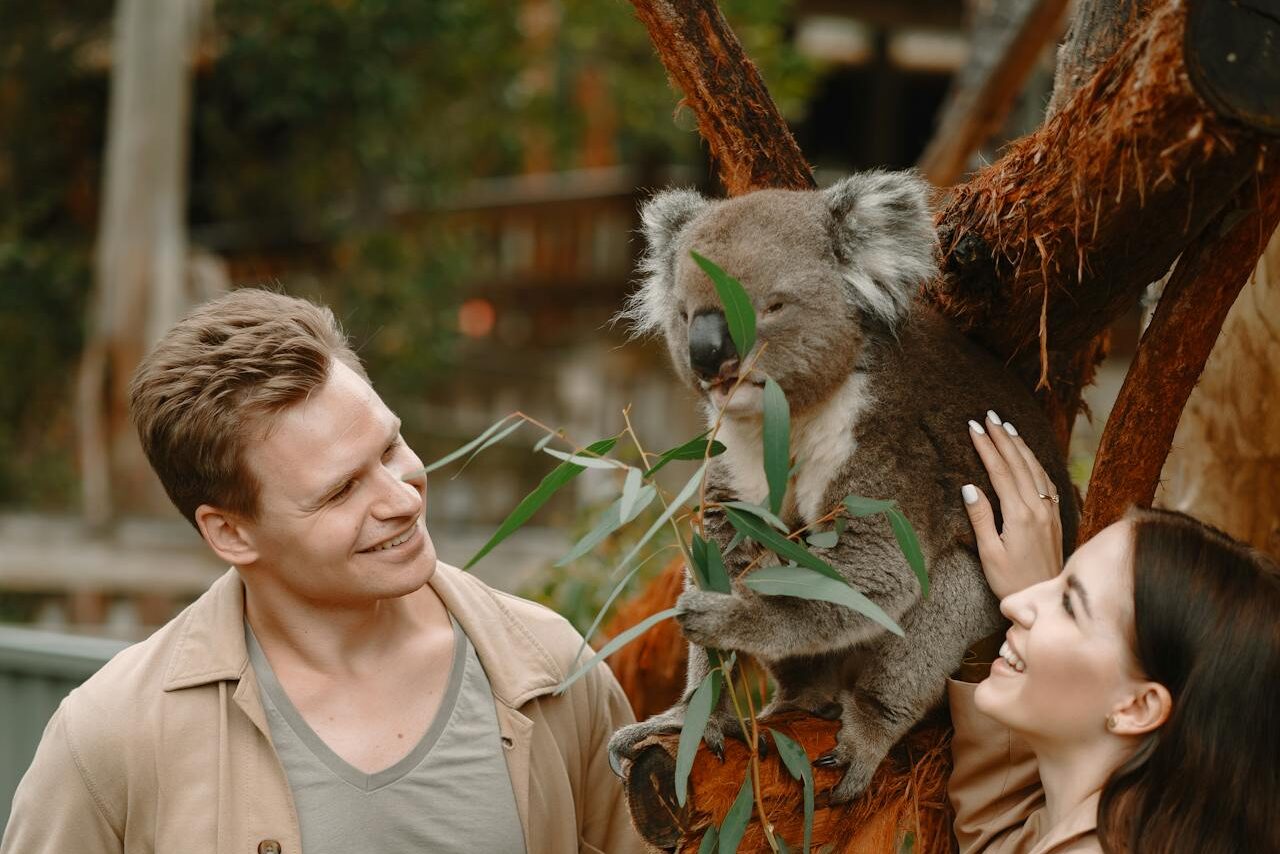
While koalas may look like they could be the ultimate social cuddle buddies, the truth is that koalas are not naturally social creatures. They are solitary and prefer their own company, spending most of their time alone in the trees. According to the PBS Nature fact sheet, they live in well-defined home ranges, typically controlled by a dominant alpha male, with several females residing within that area. These females usually mate exclusively with the dominant male, who defends his territory against other males. This structure emphasizes their solitary lifestyle, as koalas generally avoid confrontations and interactions unless necessary.
Koalas do not form large family groups or packs like some other animals, and their interactions with each other are often limited to territorial disputes or mating. In fact, koalas can be quite aggressive when forced into close proximity with other koalas, particularly if they’re in competition for food or a mate. Though they may tolerate other koalas under certain conditions, they typically do not seek out company. If two koalas meet unexpectedly, they will likely engage in aggressive behaviors, including hissing, clawing, or chasing each other away from their personal space.
10. Koalas Can Cling to Trees with a Death Grip
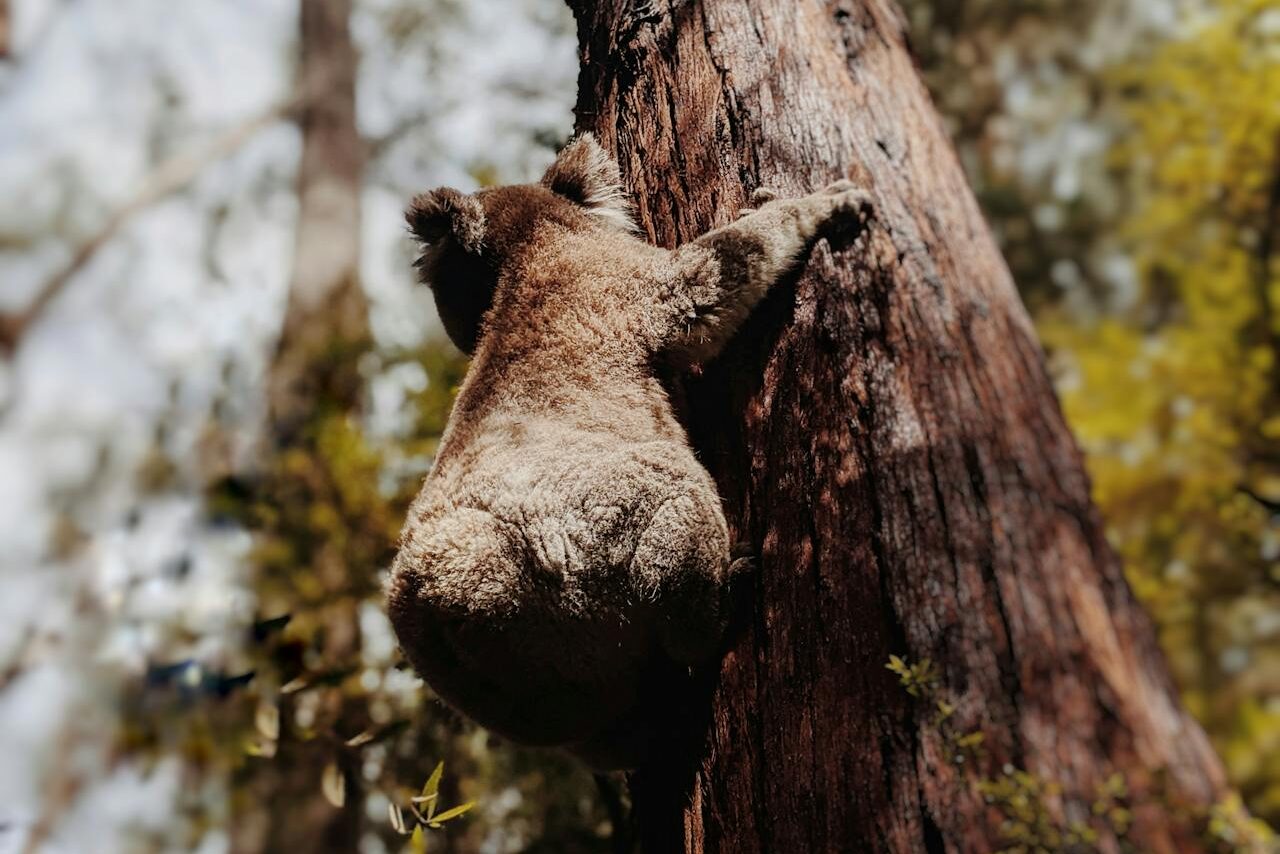
One of the most surprising traits of koalas is their ability to cling to trees with an almost unshakable grip. This skill comes from their strong, opposable thumbs and sharp claws, which help them stay attached to the tree branches even in high winds or during an unexpected disturbance. While this is an essential survival trait, it can also make a koala surprisingly dangerous if it feels threatened.
If a koala is startled and attempts to escape, its claws will dig deeply into the bark, and it may not let go even if it is being handled by humans. This “death grip” can cause significant injury to the person trying to handle or catch the koala. In addition to that, when they’re frightened, koalas are more likely to lash out to protect themselves. It’s a survival instinct that makes them more aggressive when they feel trapped or cornered. This gripping ability might seem cute when watching a koala lazily hanging in a tree, but it is a potent defense mechanism when under threat.
11. Koalas Are Easily Stressed
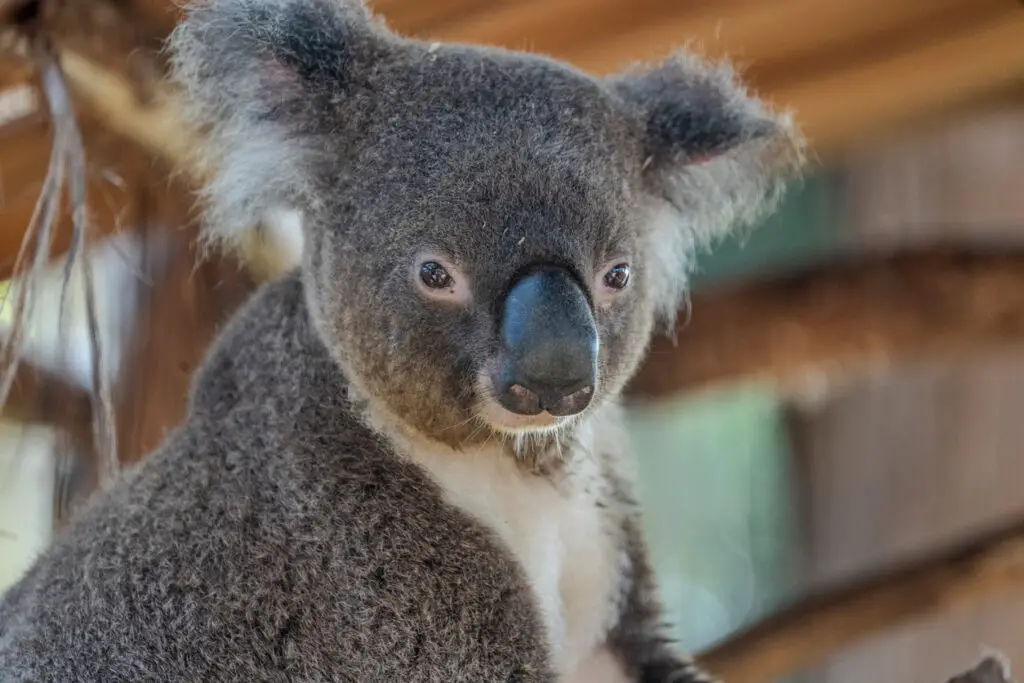
Despite their relaxed, almost lazy demeanor, koalas are highly sensitive creatures. According to the research conducted by Western Sydney University, they are easily stressed by changes in their environment, loud noises, or even the presence of humans. In fact, stress is one of the leading causes of health problems in Koalas, contributing to the spread of disease, reduced immune function, and even death.
When koalas experience stress, they may exhibit aggressive behaviors such as hissing, growling, or even charging at perceived threats. They can become highly agitated and defensive, especially if they are disturbed during their sleep, which is crucial for their well-being. In some cases, prolonged stress can cause a koala to become so agitated that it becomes difficult to calm down, making handling or interacting with them dangerous for humans. This stress-induced aggression is just another reason why Koalas should be left undisturbed in their natural habitats.
12. Koalas Have Poor Vision and Will Attack if Surprised
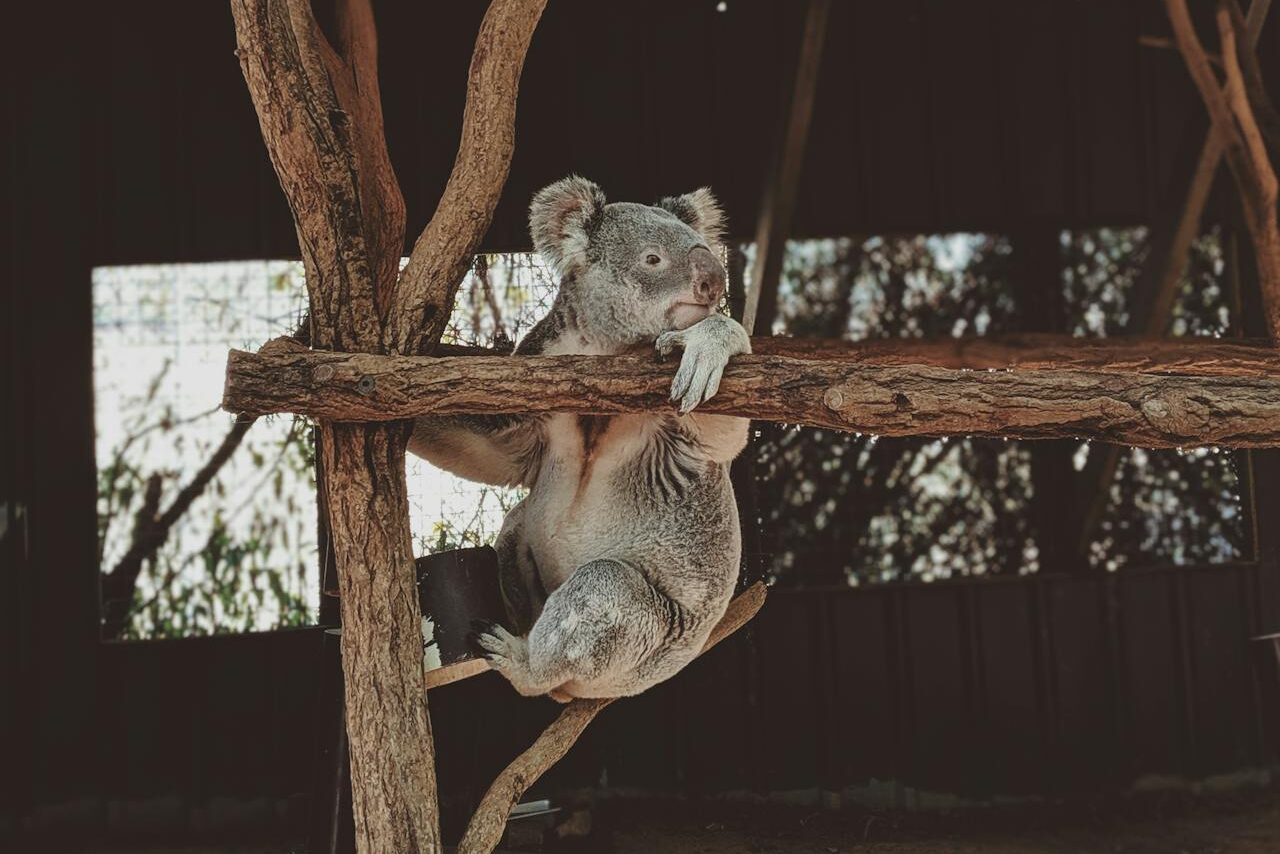
Koalas are not known for their sharp vision, and in fact, they rely heavily on their sense of smell and hearing to navigate their environment. They typically have poor eyesight, especially over long distances, and might not see you until you are already close. This lack of visual awareness can make them feel startled and threatened when approached too quickly, leading to aggressive behavior.
In such situations, a koala may lash out in defense, believing it is in danger. Their territorial nature means they will fight to protect their space, even if the intruder is only a human. If a koala suddenly feels trapped or surprised, it may instinctively attack, using its claws, teeth, and even loud vocalizations to warn the perceived threat away. While it’s rare to be attacked by a koala, it is definitely possible if they are startled, making them unpredictable in certain circumstances.
13. Koalas Are Extremely Vulnerable, But Will Defend Themselves
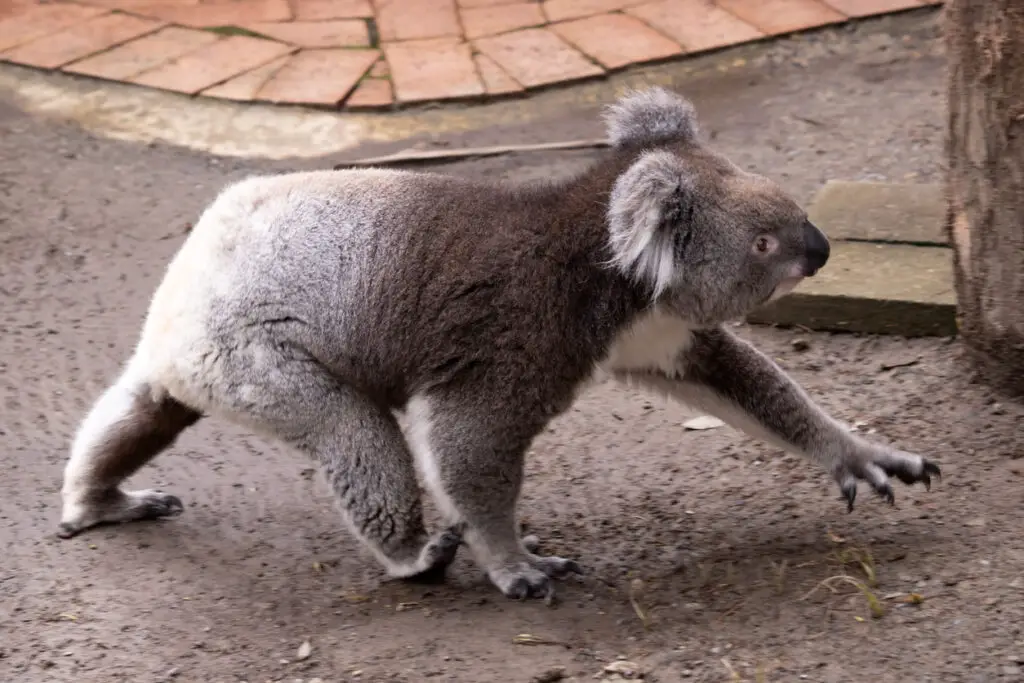
While koalas are considered vulnerable to threats like habitat destruction and disease, they are not defenseless, according to an article on Animals Mom. Koalas will actively defend themselves if necessary. This is not just a result of instinct—it’s also a matter of survival. In the wild, competition for resources like food and shelter can be intense, and koalas must assert dominance over their territory to thrive.
When under threat, a koala might show its teeth, growl, or swipe with its claws in an effort to warn others to stay away. While they prefer to avoid confrontation, their defensiveness should not be underestimated. In extreme cases, when cornered or provoked, koalas will fight back with the full strength they have. They might be cute, but koalas are wild animals, and they won’t hesitate to defend themselves when their survival is on the line.


